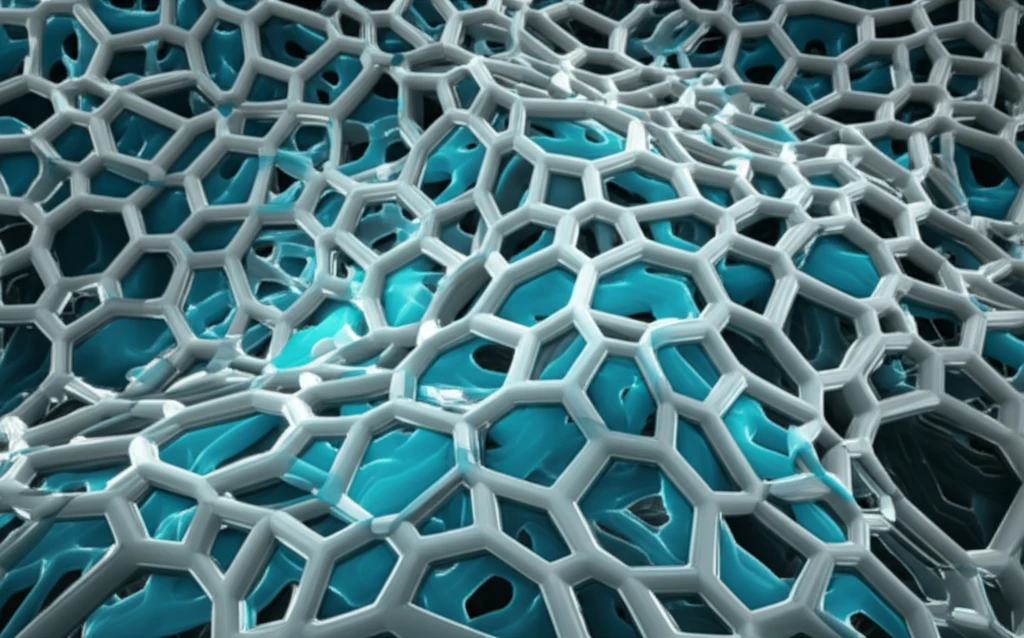
The Future of Healing: How Innovative Implants Are Revolutionizing Bone Repair
"New Sintering Techniques for Porous Ti6Al4V Alloy: A Giant Leap in Orthopedic Medicine"
In the realm of orthopedic medicine, the quest for enhanced healing and improved patient outcomes is ceaseless. For years, the limitations of traditional implants have presented challenges in achieving optimal bone repair. Now, a groundbreaking study has emerged, revealing the potential of a new generation of implants designed to significantly improve the healing process. These innovative implants, crafted from porous Ti6Al4V alloy, are engineered to provide faster healing, better integration, and enhanced support for bone regeneration.
This breakthrough study highlights the significant advantages of porous Ti6Al4V alloys, particularly when fabricated using innovative sintering techniques. Unlike conventional methods, this new approach offers superior control over the implant's structure, resulting in improved biocompatibility and mechanical properties. This advancement marks a pivotal moment in orthopedic medicine, offering new hope for those suffering from bone defects and joint issues.
This article delves into the science behind these revolutionary implants, examining how they work, their benefits, and the impact they could have on the future of orthopedic treatments. We'll explore the potential for these cutting-edge materials to transform the lives of countless individuals.
Understanding Porous Ti6Al4V Alloys: The Building Blocks of Bone Regeneration

Ti6Al4V, an alloy of titanium, aluminum, and vanadium, has long been a staple in orthopedic applications due to its excellent biocompatibility and mechanical properties. The term 'porous' refers to the structure of the implant, which contains tiny interconnected pores. These pores are strategically designed to encourage bone tissue to grow into the implant, a process known as osseointegration. This intimate connection between the implant and the bone is crucial for long-term stability and successful healing.
- Enhanced Osseointegration: The porous structure allows bone tissue to grow directly into the implant, creating a strong, lasting bond.
- Improved Biocompatibility: Ti6Al4V is a well-established biocompatible material, minimizing the risk of adverse reactions.
- Optimized Mechanical Properties: The innovative sintering technique ensures the implant has the strength and flexibility needed for long-term performance.
- Reduced Stress Shielding: The porous design minimizes the stress-shielding effect, which can hinder bone growth around traditional, solid implants.
The Future is Now: The Promise of Porous Ti6Al4V Alloys
As research continues to evolve, the promise of porous Ti6Al4V alloys in orthopedic medicine becomes ever clearer. The potential for faster healing, enhanced bone integration, and improved patient outcomes is truly remarkable. This technology represents a significant step forward, offering new hope and a brighter future for individuals dealing with bone injuries and joint issues. As these innovative implants become more widely available, they have the potential to transform lives, and improve the quality of life for countless individuals.
